Limestone, with its innate beauty and durability, has been a preferred choice for centuries when it comes to building facades. Its ability to harmonize with various architectural styles, along with its natural elegance, makes it an exceptional material for creating stunning exteriors. In this article, we will explore the benefits and characteristics of limestone facades that make them a go-to option for contemporary architectural designs. 1. Unmatched Aesthetic Appeal: Limestone facades are widely esteemed for their aesthetic appeal and ability to enhance architectural designs. The natural beauty and distinctive color variations of limestone, ranging from pale creams to warm earthy tones and even cool greys, allow for a wide range of design possibilities.

.
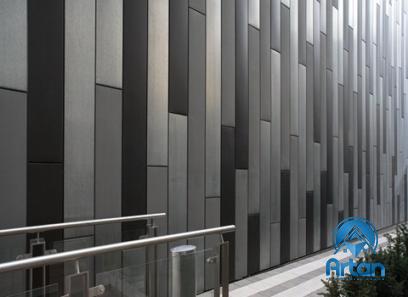 Whether used in traditional structures or minimalist modern buildings, limestone facades create a sense of timelessness and elegance. 2. Durability and Longevity: One of the key advantages of limestone facades is their exceptional durability. Limestone is a sedimentary rock formed from compacted marine sediments, making it resistant to weathering and erosion. Its strength and ability to withstand the test of time have been demonstrated by numerous historical structures across the globe. Buildings such as the Great Pyramids of Giza or the Parthenon in Athens stand as magnificent testimonies to limestone’s durability.
Whether used in traditional structures or minimalist modern buildings, limestone facades create a sense of timelessness and elegance. 2. Durability and Longevity: One of the key advantages of limestone facades is their exceptional durability. Limestone is a sedimentary rock formed from compacted marine sediments, making it resistant to weathering and erosion. Its strength and ability to withstand the test of time have been demonstrated by numerous historical structures across the globe. Buildings such as the Great Pyramids of Giza or the Parthenon in Athens stand as magnificent testimonies to limestone’s durability.
..
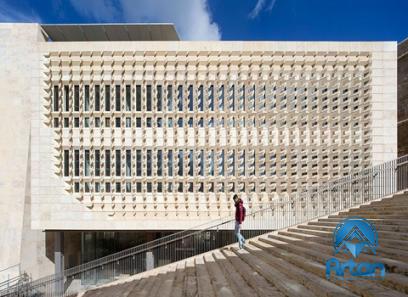 3. Versatility in Design: Limestone facades offer immense versatility in design, allowing architects to create bespoke exteriors that align with their vision. The material can be cut and carved into various shapes and sizes, enabling intricate and detailed patterns or simple, clean lines. It can be used for cladding entire buildings, as well as for decorative features such as columns, cornices, and window surrounds. Limestone also complements other construction materials such as glass, steel, and wood, enabling architects to achieve striking visual contrasts. 4. Sustainable and Environmentally Friendly: In an era where sustainability is a pressing concern, limestone facades offer a greener alternative. Limestone is a naturally occurring material that is abundant and readily available. Extraction and manufacturing processes require minimal energy, resulting in a low carbon footprint compared to other facade options. Additionally, limestone facades can contribute to energy efficiency by providing natural insulation and reducing heating and cooling costs over time.
3. Versatility in Design: Limestone facades offer immense versatility in design, allowing architects to create bespoke exteriors that align with their vision. The material can be cut and carved into various shapes and sizes, enabling intricate and detailed patterns or simple, clean lines. It can be used for cladding entire buildings, as well as for decorative features such as columns, cornices, and window surrounds. Limestone also complements other construction materials such as glass, steel, and wood, enabling architects to achieve striking visual contrasts. 4. Sustainable and Environmentally Friendly: In an era where sustainability is a pressing concern, limestone facades offer a greener alternative. Limestone is a naturally occurring material that is abundant and readily available. Extraction and manufacturing processes require minimal energy, resulting in a low carbon footprint compared to other facade options. Additionally, limestone facades can contribute to energy efficiency by providing natural insulation and reducing heating and cooling costs over time.
…
 5. Low Maintenance and Easy Restoration: Limestone facades are relatively low-maintenance, making them an attractive choice for modern buildings. The material’s resistance to weathering limits the need for constant cleaning and repairs. In the event of damage or discoloration, limestone facades can often be restored easily by professional cleaners and restorers. Furthermore, limestone’s ability to retain its aesthetic appeal even through aging ensures that the facade will continue to enhance the building’s charm for years to come. Conclusion: Limestone facades are a timeless and versatile choice for modern architecture, thanks to their aesthetic appeal, durability, and sustainabilit. These qualities continue to make limestone a favored material for architects and designers seeking to create architecturally significant and visually striking exteriors. With its ability to seamlessly integrate with various architectural styles, limestone proves that true elegance can withstand the test of time.
5. Low Maintenance and Easy Restoration: Limestone facades are relatively low-maintenance, making them an attractive choice for modern buildings. The material’s resistance to weathering limits the need for constant cleaning and repairs. In the event of damage or discoloration, limestone facades can often be restored easily by professional cleaners and restorers. Furthermore, limestone’s ability to retain its aesthetic appeal even through aging ensures that the facade will continue to enhance the building’s charm for years to come. Conclusion: Limestone facades are a timeless and versatile choice for modern architecture, thanks to their aesthetic appeal, durability, and sustainabilit. These qualities continue to make limestone a favored material for architects and designers seeking to create architecturally significant and visually striking exteriors. With its ability to seamlessly integrate with various architectural styles, limestone proves that true elegance can withstand the test of time.
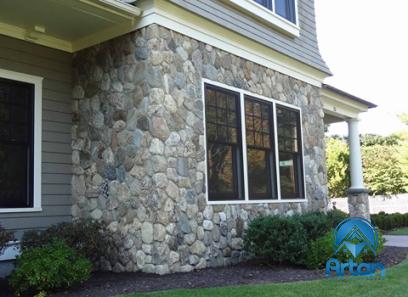
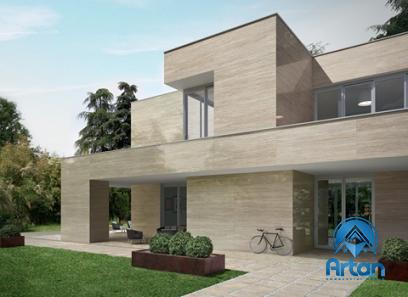
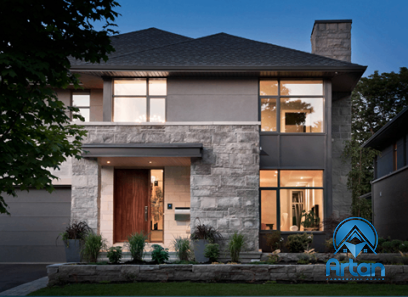

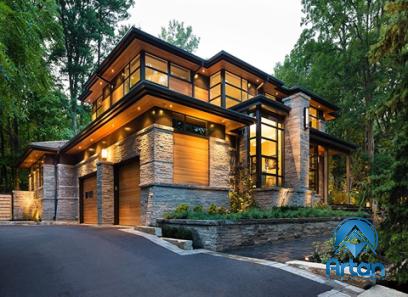
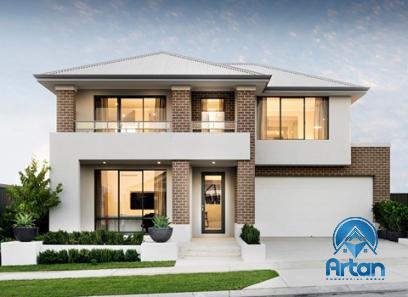
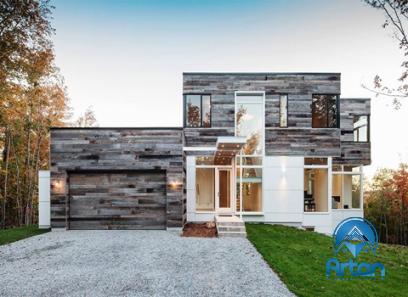
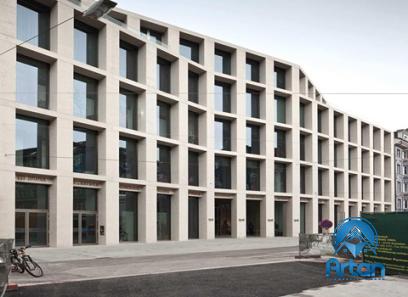
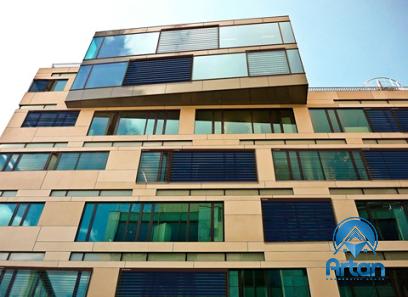
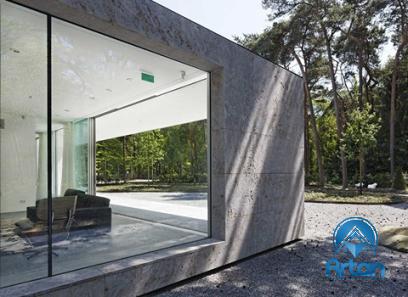
Your comment submitted.